Eating seasonally may seem a daunting task, a health fad accessible only to the hip, plant-based foodies of Instagram and hopelessly out of reach for the average ramen-slurping college student. Fortunately, this isn’t the case.
Eating seasonally simply means eating as nature intended for us to eat—based on when foods are naturally produced. The notion isn’t exactly revolutionary. It was the norm before the rise of industrial agriculture and global transportation, which have enabled year-round crop production and blurred the distinction between in-season and out.
Of course, we can’t argue against the convenience—and luxury, really—of having whatever foods we want, whenever we want them. Nevertheless, seasonal eating undoubtedly offers several benefits.
It’s better for you.
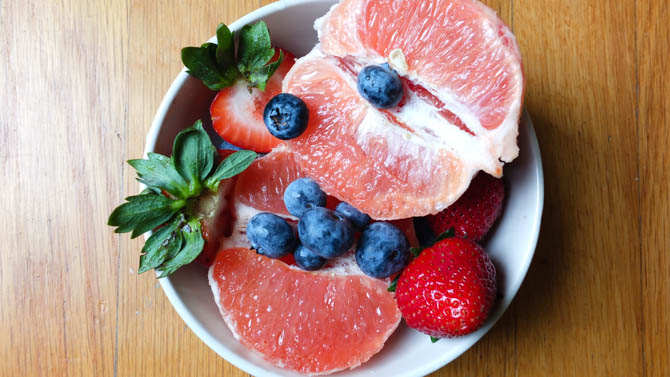
Photo by Michelle Hodgson
First and foremost, foods simply taste better when they’re in season. Fresh, locally-grown, naturally-ripened produce better retains its full flavor, spared the duress of being grown in a greenhouse, sprayed with various chemicals and transported halfway across the world. The fruits and vegetables are harvested and sold at the peak of their season and flavor, rather than picked prematurely to survive the long trip. For the same reasons, nutrients are also better preserved, scoring you bonus points in the health department.
It’s better for your wallet.
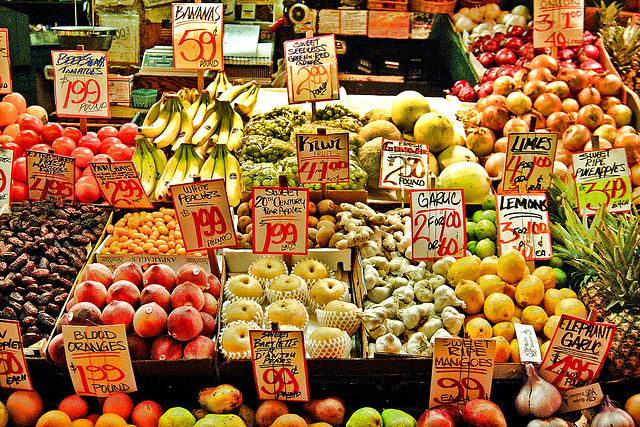
Photo courtesy of Flickr
Not only is eating seasonally better for you—it’s easier on the budget as well. Reducing transport time and distance and the need for additional treatment cuts costs for producers. When coupled with the high abundance of seasonal foods, it cuts costs for you, too. It’s basic supply and demand.
It’s better for the environment.
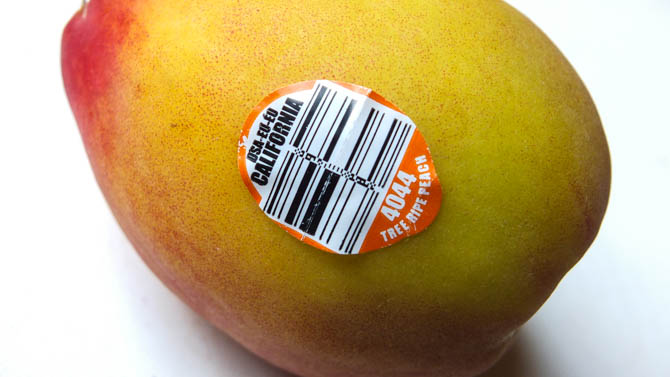
Photo by Michelle Hodgson
The benefits of seasonal eating extend beyond the consumers and the farmers to the original producer: Mother Nature. Less transportation means less pollution and a smaller carbon footprint, making eating seasonally good for both the environment and your conscience.
So, how do I do it?

Photo by Michelle Hodgson
It’s easy. Much of seasonal eating is fairly intuitive. Simply scope out your local grocery store for produce that’s in abundance and on sale, both good indicators of seasonality. And when in doubt, consult the Internet—it’s full of useful guides to help you along.
Eating seasonally will expose you to a much wider variety of foods, helping you broaden your palate and eat a balanced diet. To get you started, here are some of Spoon‘s top seasonal picks:
Spring: Avocados, strawberries, blood oranges, artichoke, asparagus, peas and spring onions

Photo by Michelle Hodgson
Summer: Watermelon, peaches, berries, figs, tomatoes, radishes and summer squash
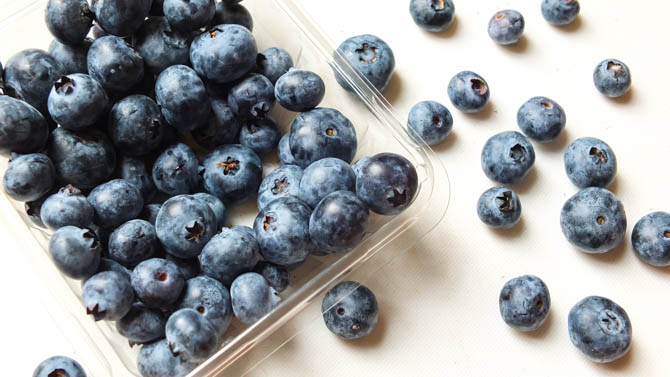
Photo by Michelle Hodgson
Fall: Apples, cranberries, pears, persimmons, grapes, pumpkins and broccoli
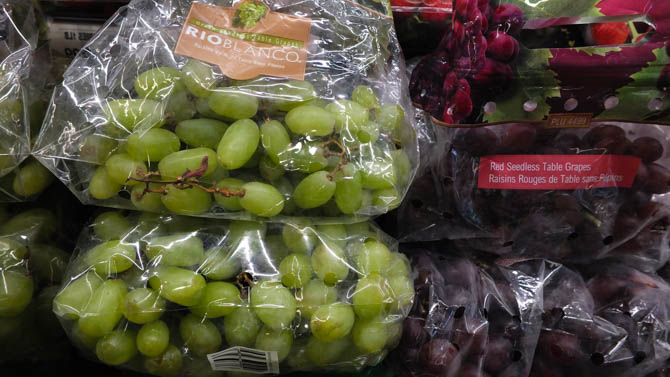
Photo by Michelle Hodgson
Winter: Oranges, kumquats, passion fruit, kale, sweet potatoes, Brussels sprouts and winter squash

Photo by Michelle Hodgson
Want more information? Spoon‘s got you covered year-round:


